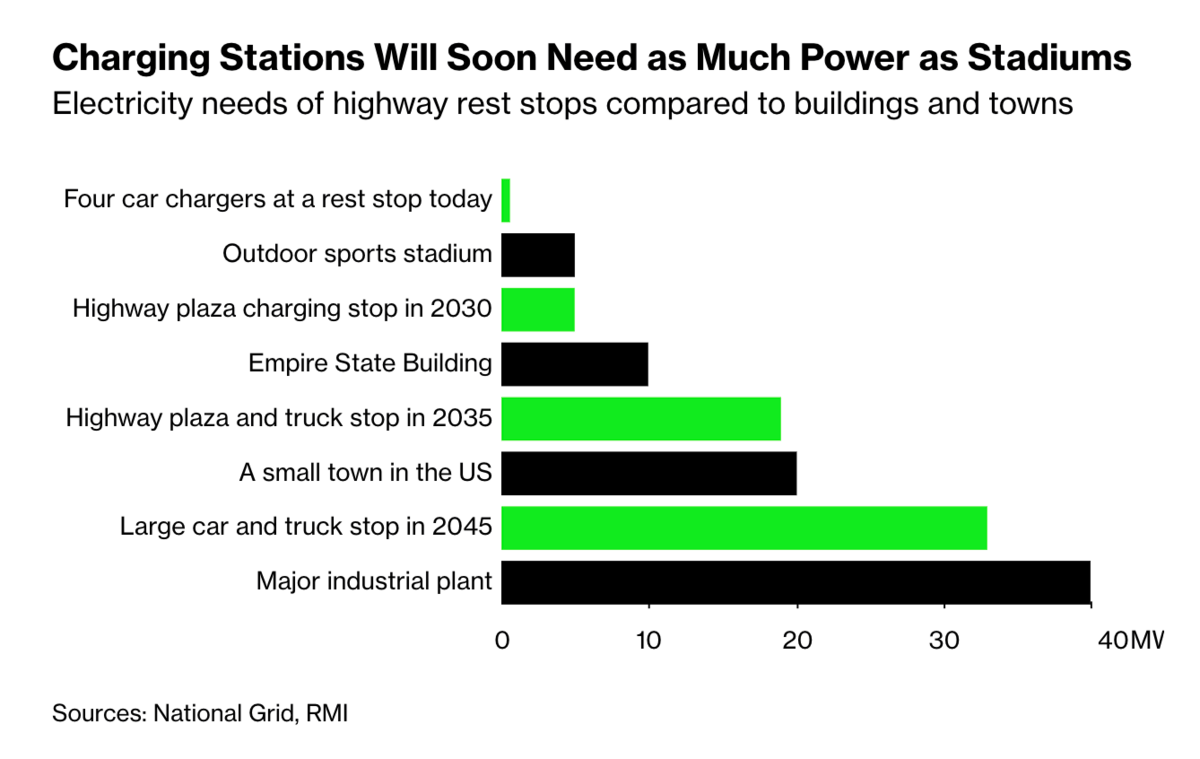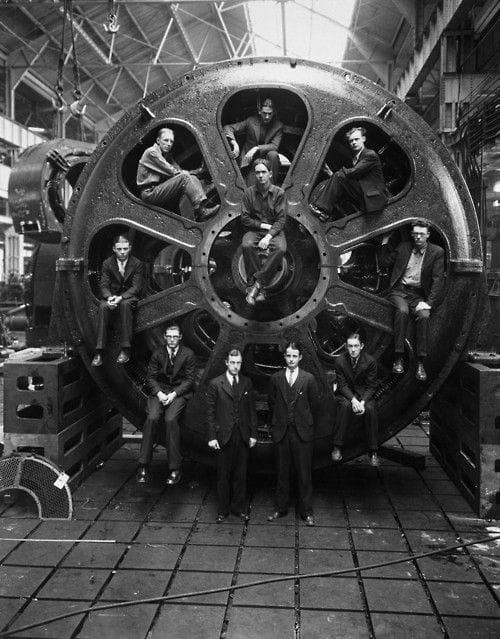American Coal, Chinese Coal
America is shuttering coal plants while China is building them.
Last week, the Energy Information Administration said that nearly a quarter of America's 201 GW coal capacity is set to retire over the next few years. Subsidized renewables and just-in-time natural gas are outcompeting coal in the deregulated market areas that make up the majority of America's grid.
But that news, Power Mag reports, "comes a week after a research report from one of the nation’s largest coal-mining companies said that as many as 40 U.S. coal-fired power plants scheduled for closure will remain open longer than expected. The report from Consol Energy, part of the company’s third-quarter earnings presentation and citing data from IHS McCloskey, said plant operators were delaying retirement plans due to concerns about electricity reliability and supply chain issues impacting the energy sector."
The "transition" to wind and solar has been stymied by supply chain issues, rising PPA costs, the bans on solar panels produced by Uyghur slave labor in China, and sky rocketing materials costs. The coal plants that will remain online total about 17 GW of capacity. Some will remain online for five years beyond their closure date. American coal is on the ropes, but not down for the count.

In China, the story is completely different. Coal remains on the rise. "A report in late summer from the Centre for Research on Energy and Clean Air (CREA), and Global Energy Monitor, said China is planning to build 43 new coal-fired power plants as well as 18 new blast furnaces fueled by coal over the next several years, in large part to support the country’s economic development," writes Power Mag.
Since 2016, China has built or is developing more than thrice the coal capacity as the rest of the world. The country started construction of at least 33 GW of new coal generation.
While China expects its emissions to peak by 2030, its priority is growth. America, meanwhile, is doubling down on intermittent power generation.
EV Charging Stations and Electricity Demand
Tesla is unveiling its new electric semi truck next month. Is America ready for a big bump in electric demand that battery-powered shipping would need? Not so much, according to Bloomberg.
Researchers at the utility company National Grid found "that by 2030, electrifying a typical highway gas station will require as much power as a professional sports stadium—and that’s mostly just for electrified passenger vehicles. As more electric trucks hit the road, the projected power needs for a big truck stop by 2035 will equal that of a small town."

The findings caught the researchers off guard. Supplying that much juice is no mean feat. "A connection to the grid that can handle more than 5 megawatts takes up to eight years to build, at a cost tens of millions of dollars," Bloomberg reports.
But then the article argues that in the era of cheap wind and solar we should be able to rise to the occasion. This exemplifies how people fall for the fantasy of renewables--they're cheap to build, but provide deceptively expensive electricity. Intermittency places greater strains on reliable resources as renewables force them off the grid. A vicious cycle can develop where gas plant operators oppose base load's presence on the grid because they make their money off the scarcity pricing wind and solar create. We simply cannot electrify everything with intermittent and unreliable resources.
Russia's New Route to Dodge Sanctions
Russia is looking for new trade routes to circumvent the West's transit restrictions and sanctions on its energy commodities.
"One of the most important prospects for Russia in this regard is to strengthen shipping and transit cooperation with Iran in the Caspian Sea," reports Oilprice.com. Iran's northern port of Noshahr has welcomed Russian cargo vessels for the first time in over two decades.

Plus, the "first shipment transiting the Russia-Iran-India multimodal route passed through Astrakhan Port, specifically the Solyanka part (Russia); the Bandar Abbas and Chabahar ports (Iran); and Nhava Sheva Port (India)."

Earlier in the year, Iran and Russia came to an agreement for a joint shipbuilding venture. "In this process, Ali-Akbar Safaei, head of the Iranian Ports and Maritime Organization, after a meeting with Russian Deputy Transport Minister Dmitry Azarov in Tehran, announced Moscow’s readiness to allow Iranian ships to pass through the Volga River," reports Oilprice.com. "This development is the latest in a number of moves designed to expand shipping and transit cooperation between Iran and Russia in the Caspian Sea, which have increased since the beginning of the Kremlin’s war against Ukraine. Before this, Russia did not allow foreign ships, including Iranian ships, to pass through the Volga River nor utilize the Volga-Dan Canal."

If an agreement like this between Iran and Russia gets finalized, Iran will possess access to the longest river in Europe.
Like what you're reading? Click the button below to get Grid Brief right in your inbox!
Conversation Starters
Some of you may have seen videos of the Just Stop Oil protestors dumping various liquids on famous paintings and screeching for the destruction of the fossil fuel industry. My father is a painter--trips to the Art Institute of Chicago were a regular part of my childhood. The behavior of these activists has been bugging me for weeks. I wanted to look at their nihilistic interventions from an art historical perspective in COMPACT. You can check it out here.
The Tennessee Valley Authority has replaced the steam generators on its Watts Barr 2 nuclear reactor. "The Tennessee Valley Authority’s Watts Bar Unit 2 is America’s newest commercial nuclear reactor and may also have the newest set of steam generators," reports Power Engineering. "The Steam Generating Team (SGT), a joint venture between Framatome and United Engineers & Constructors, Inc., said in early November it completed the steam generator replacement project at the 1,150 MW facility in eastern Tennessee."
The Freeport LNG terminal may be out of commission until the end of the year, according to industry sources. "Houston-based Freeport LNG suffered an explosion on June 8, which caused the plant to shut down to assess the damage and perform repairs," reports Oilprice.com. "Freeport LNG accounts for 20% of the United States' total LNG export capacity, capable of processing 2.1 billion cubic feet of gas per day. According to Freeport LNG, it is the seventh-largest liquefaction facility in the world and the second-largest in the United States."
Crom's Blessing
